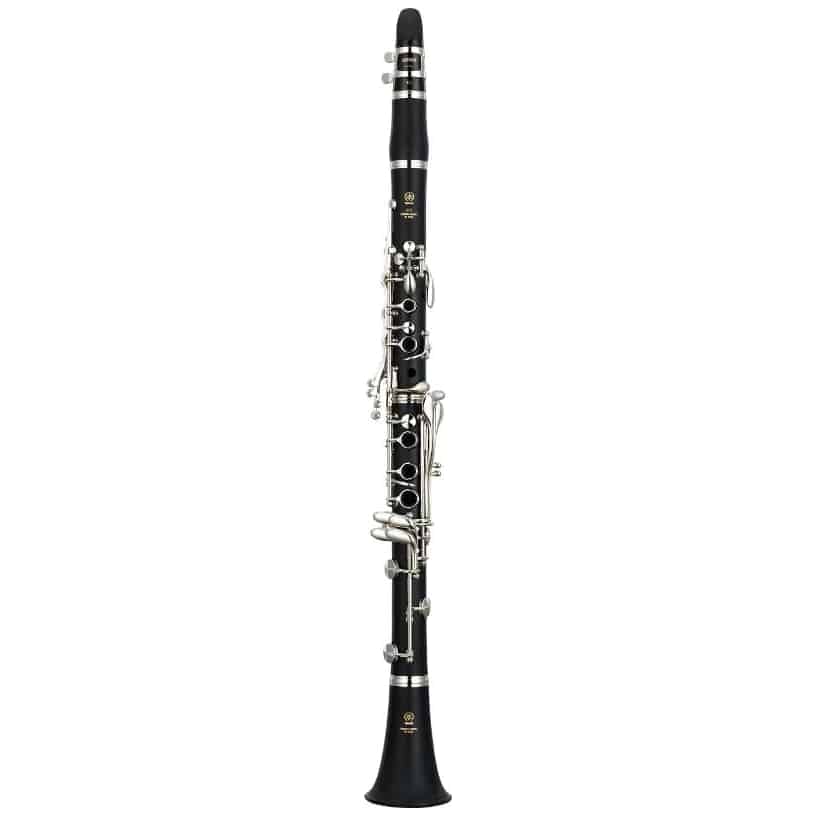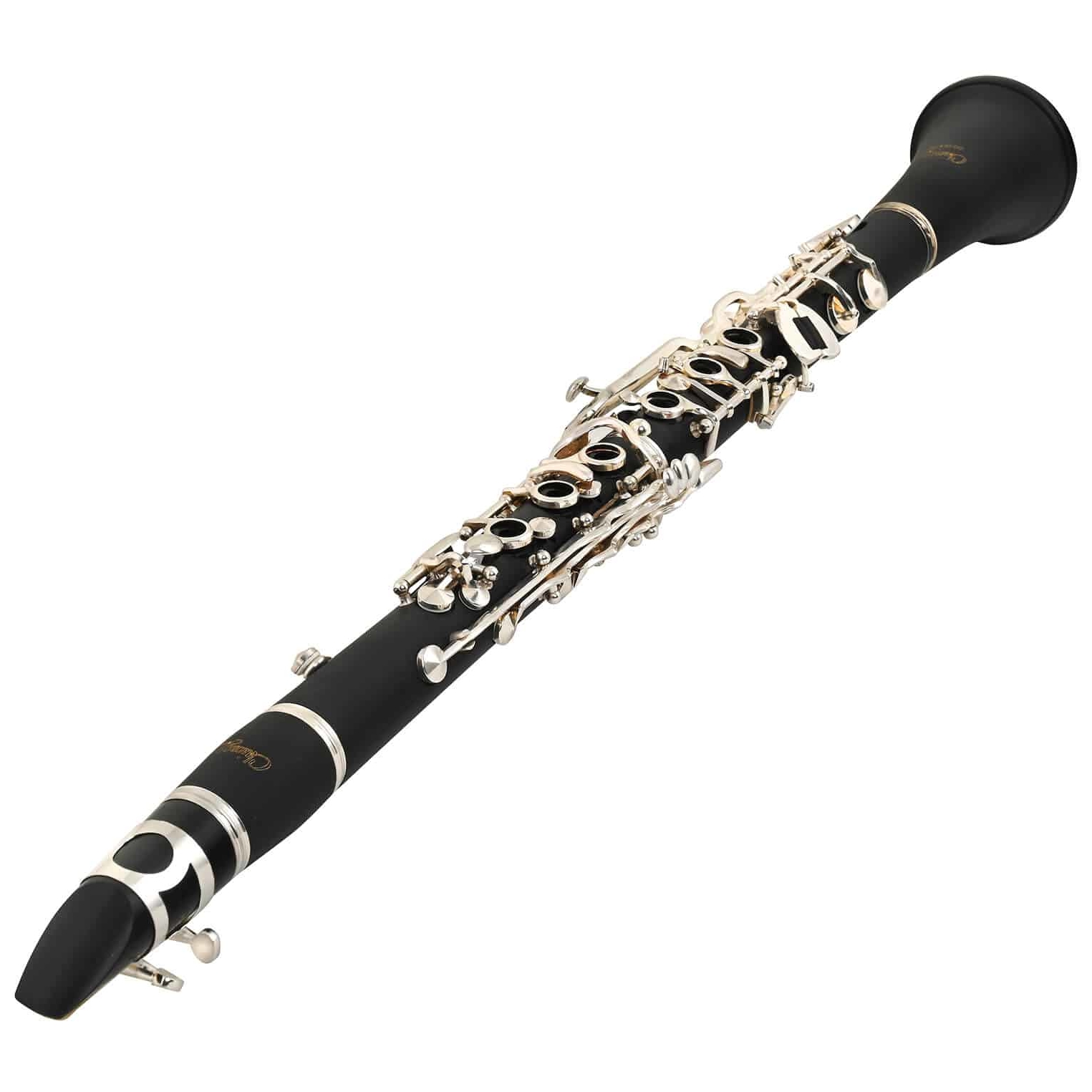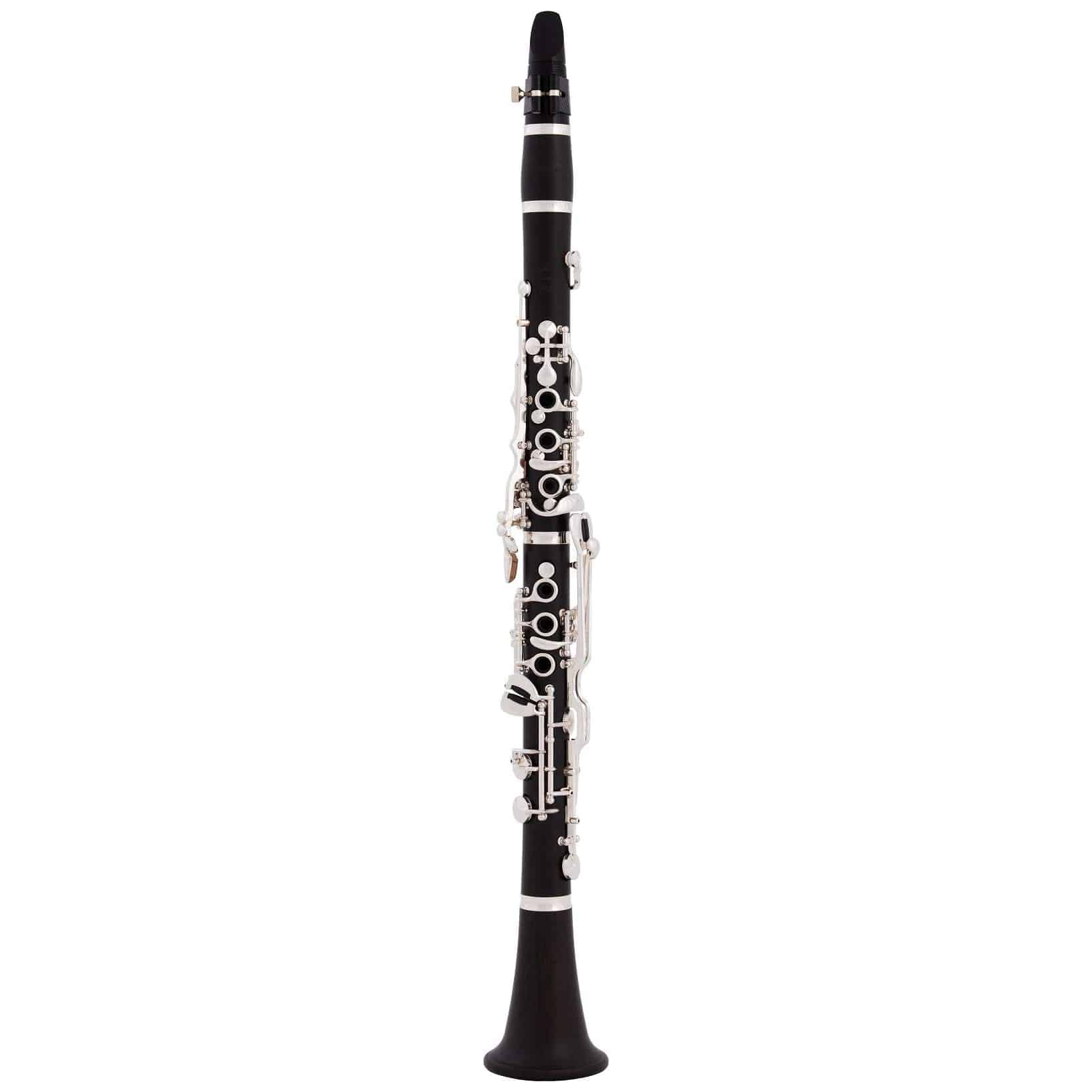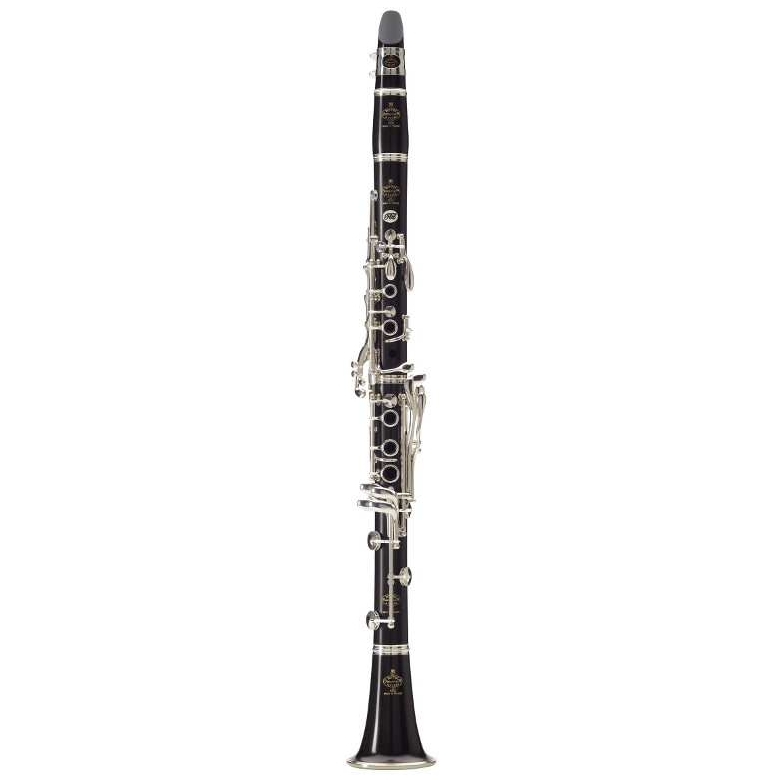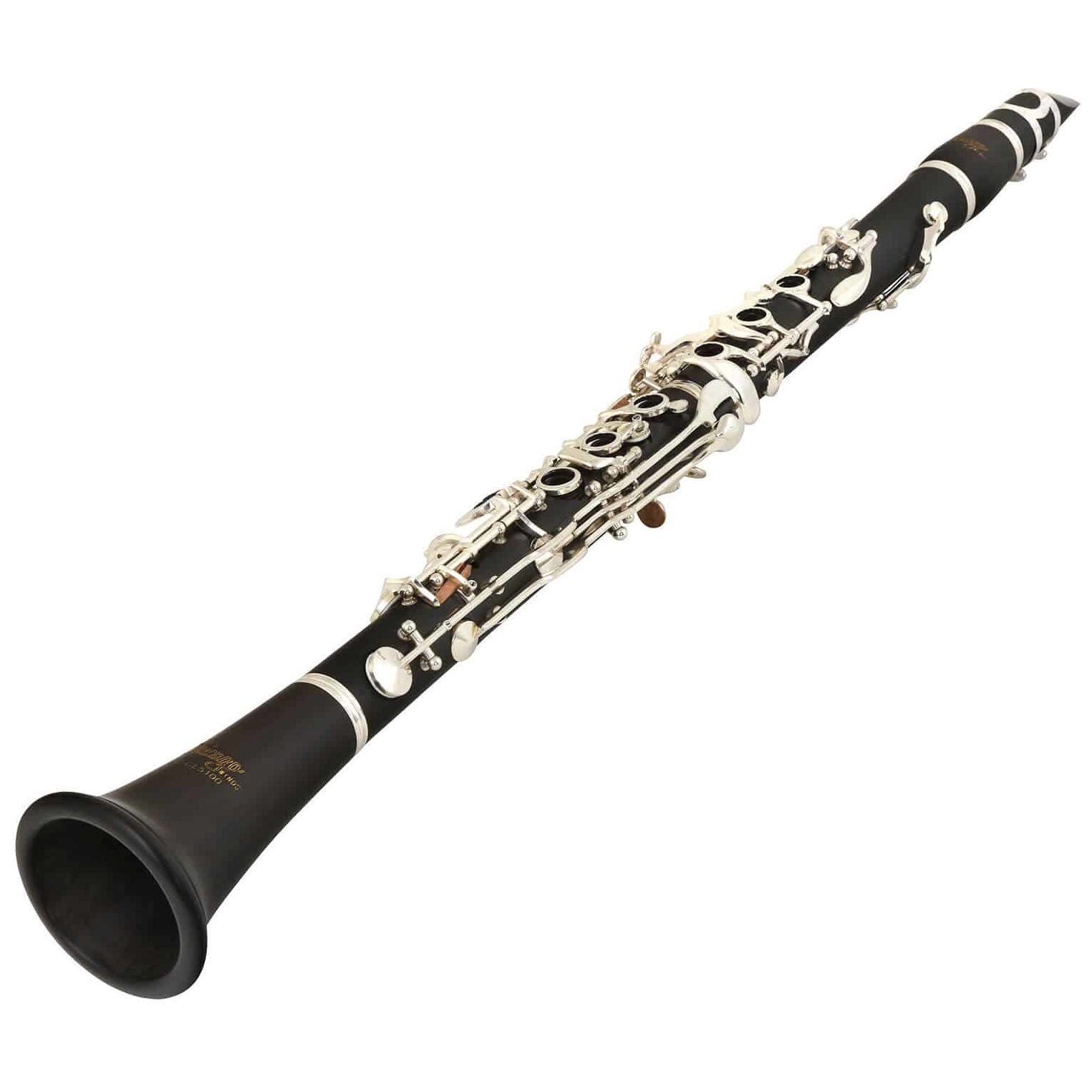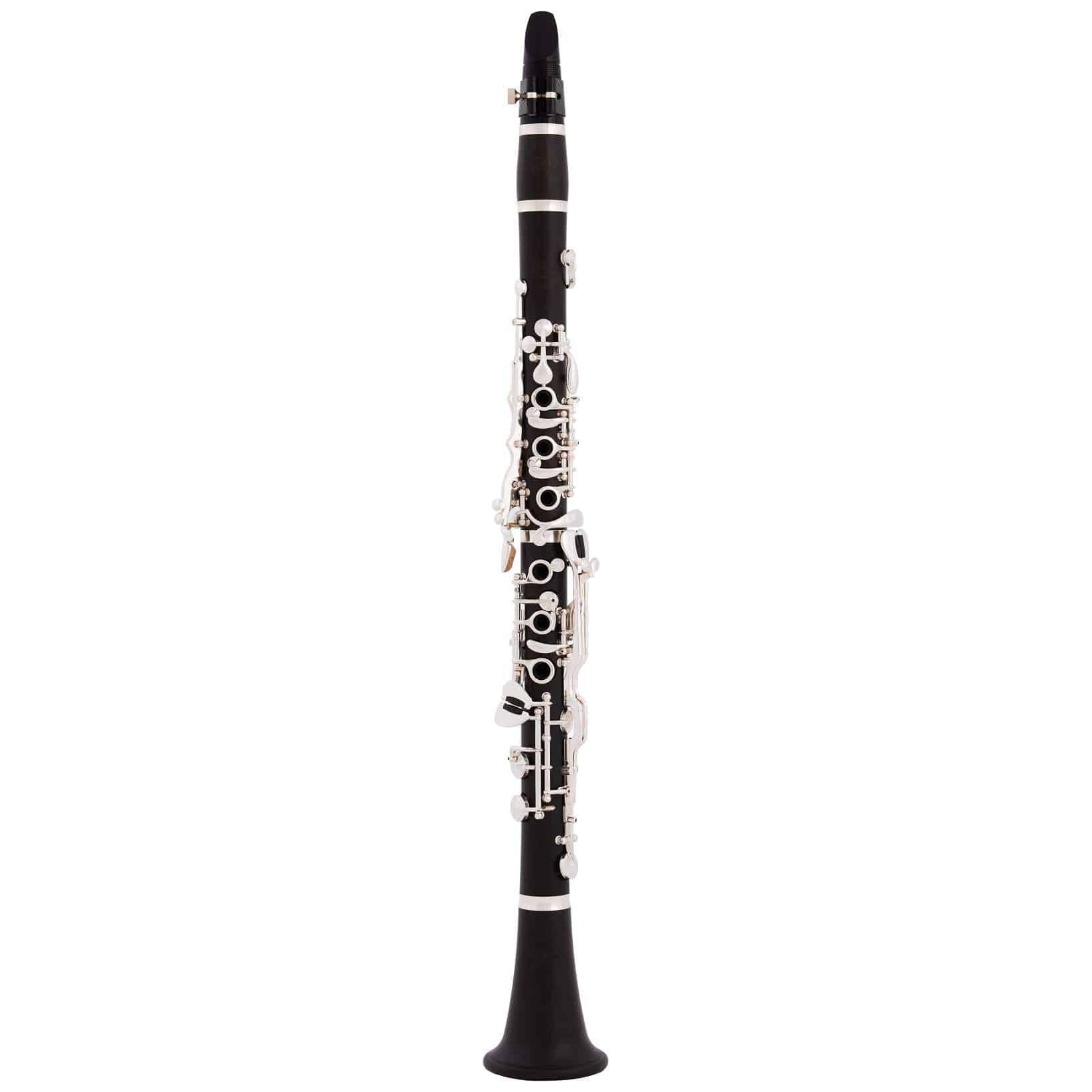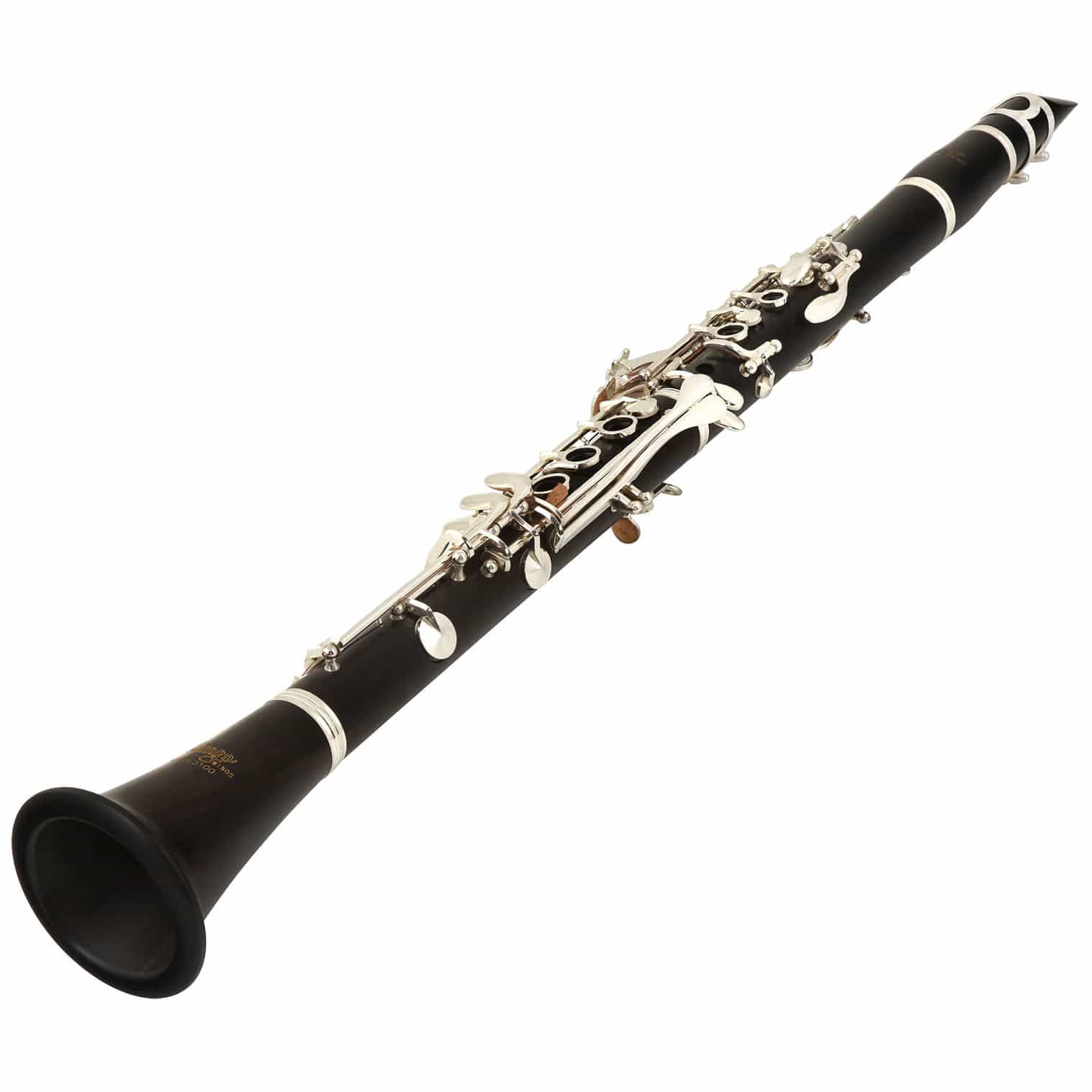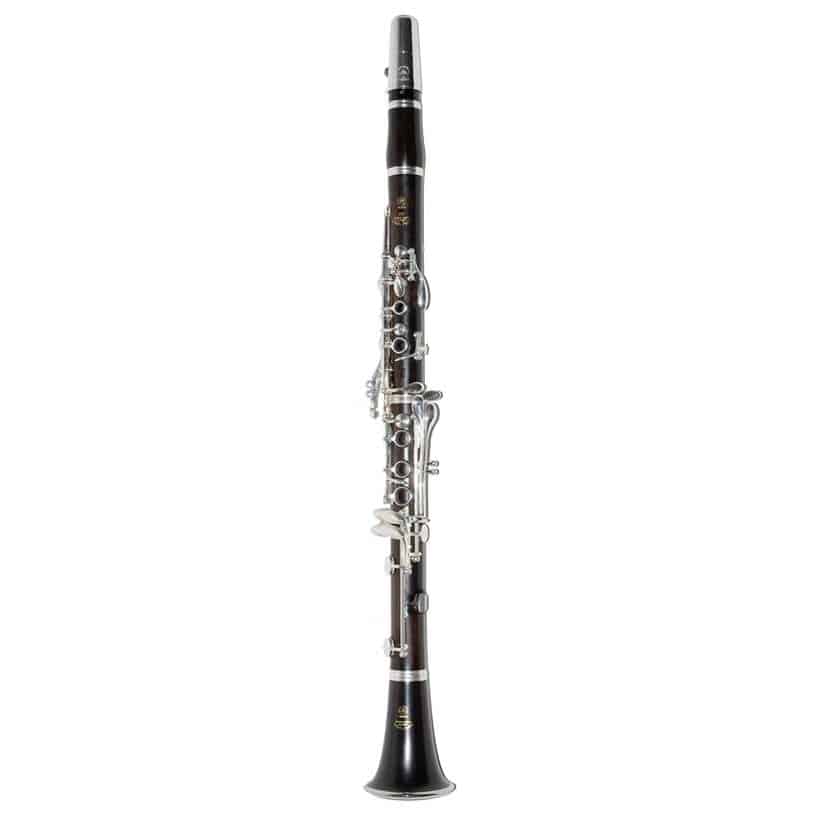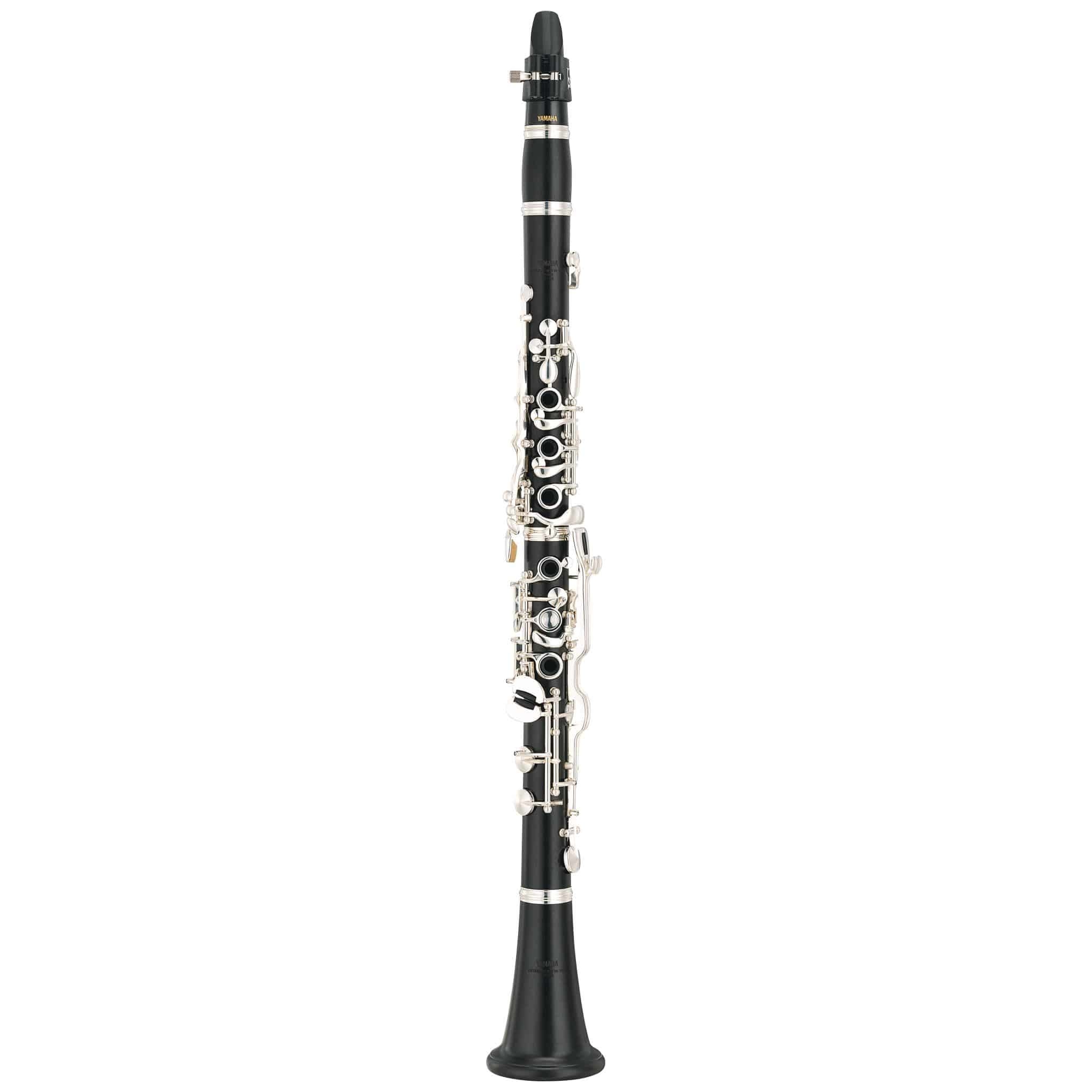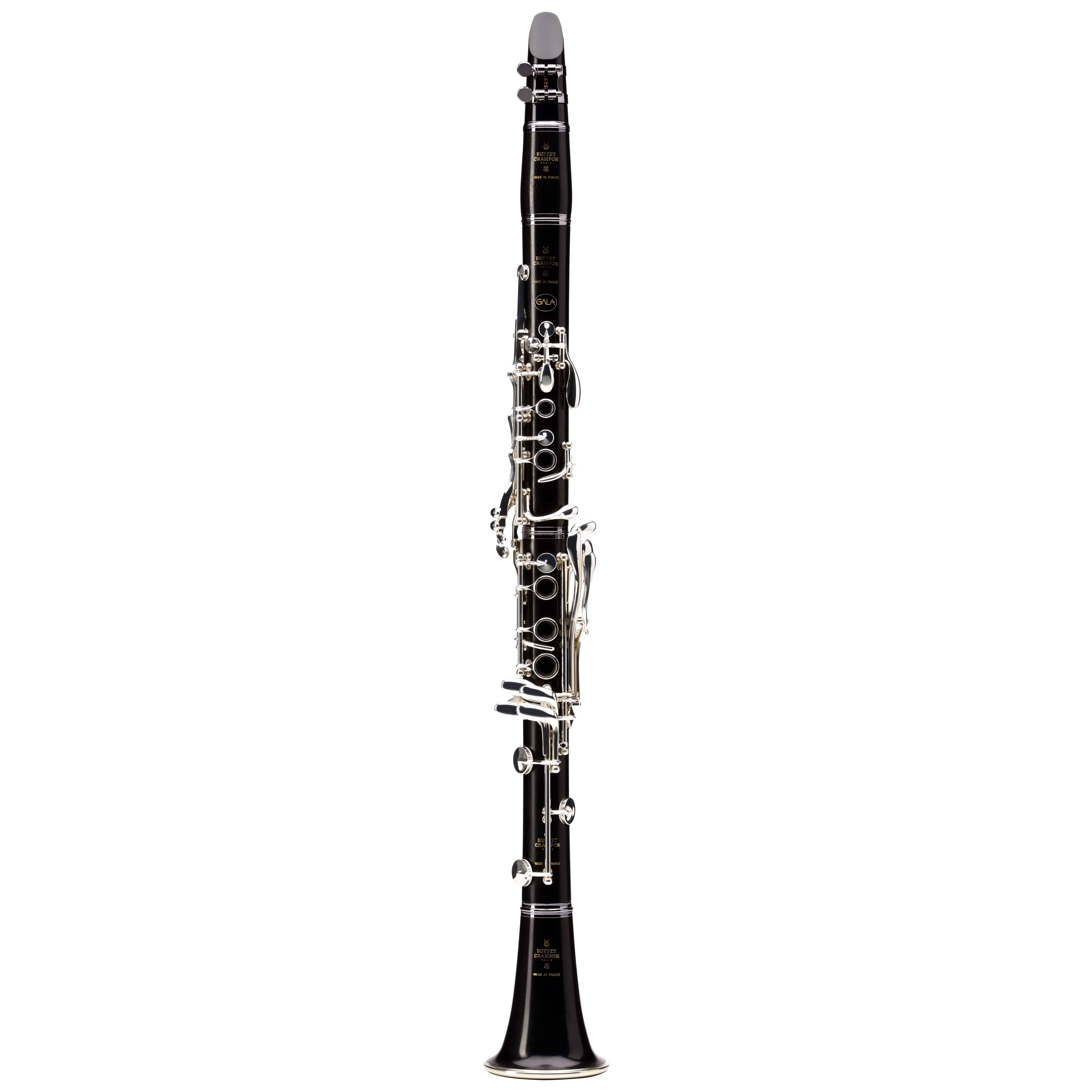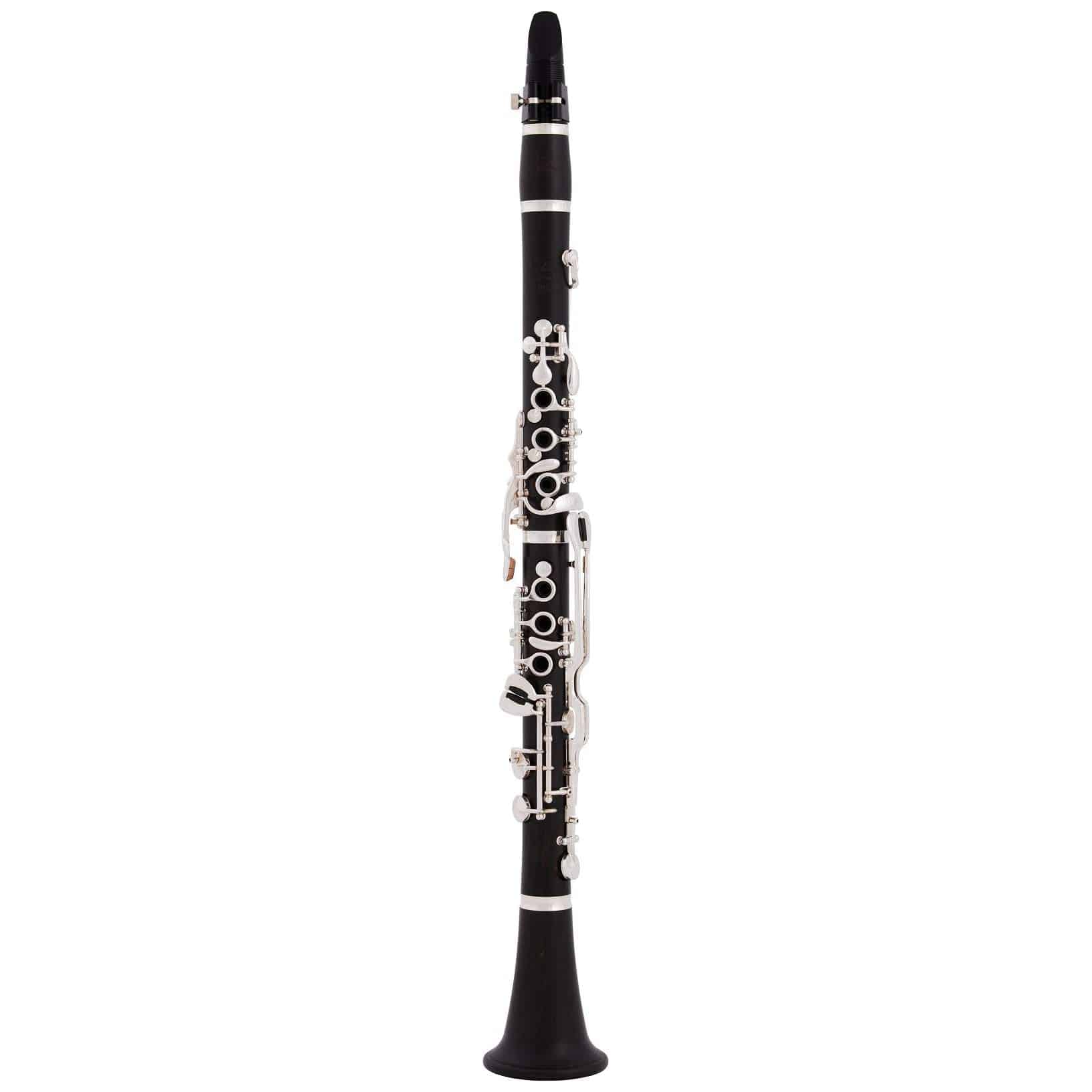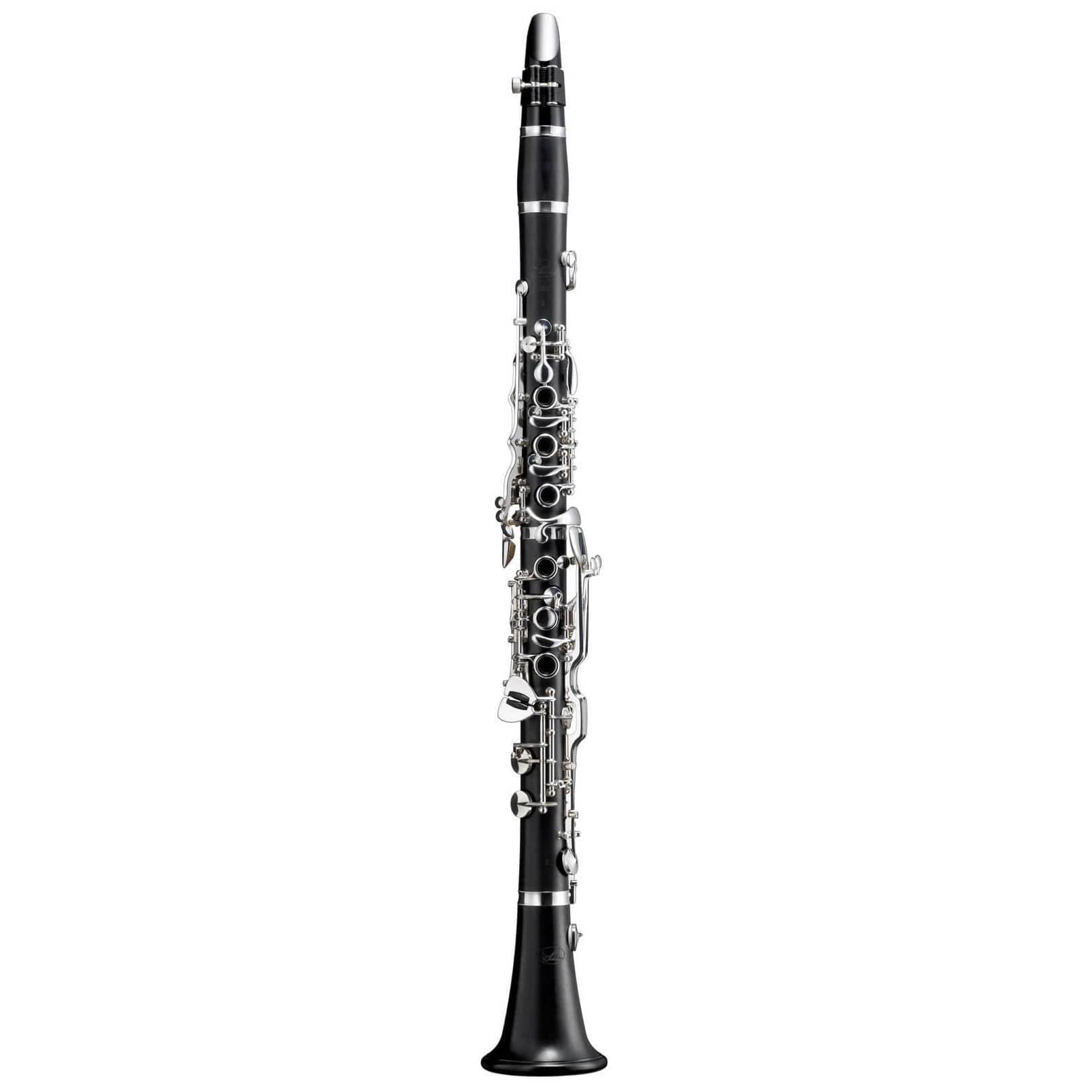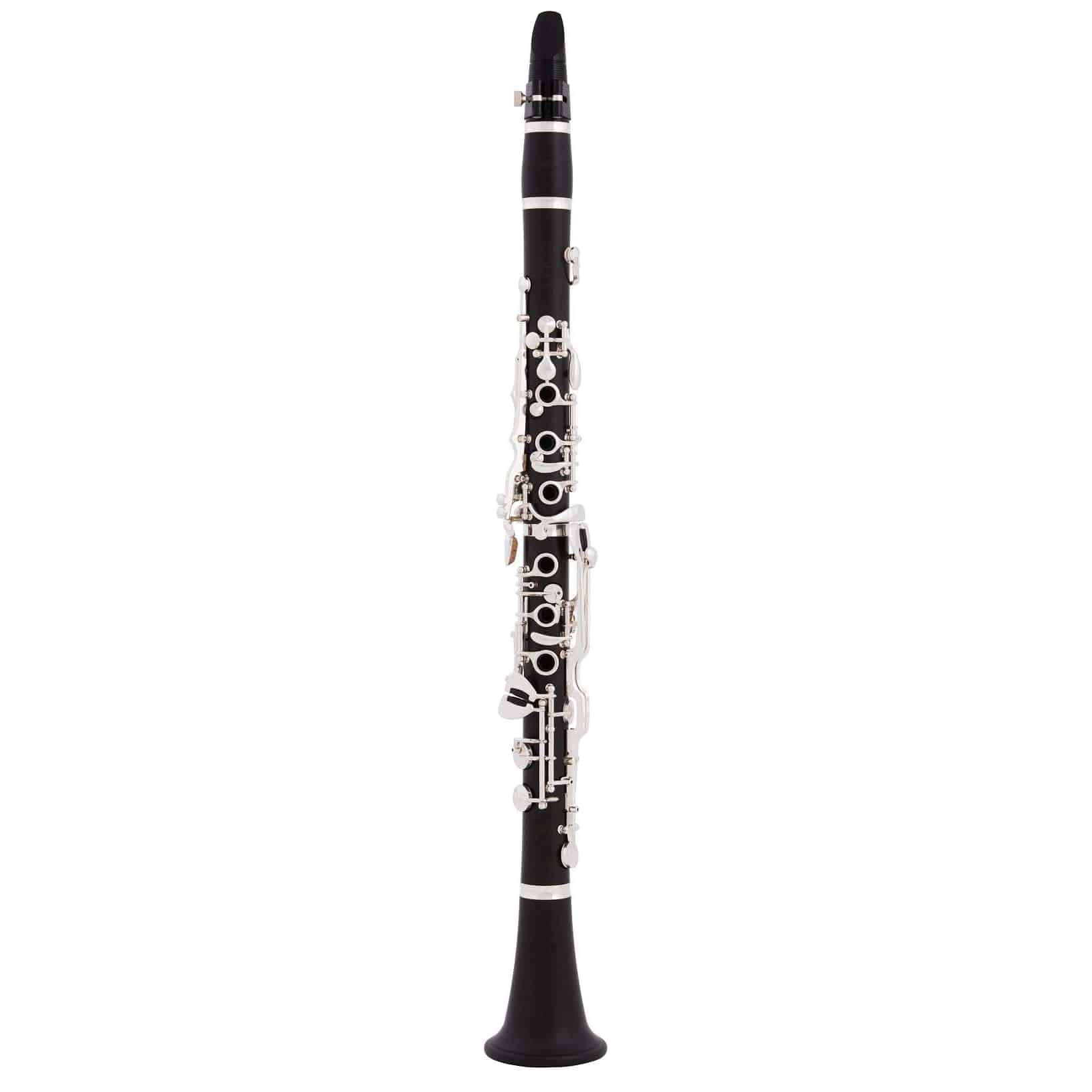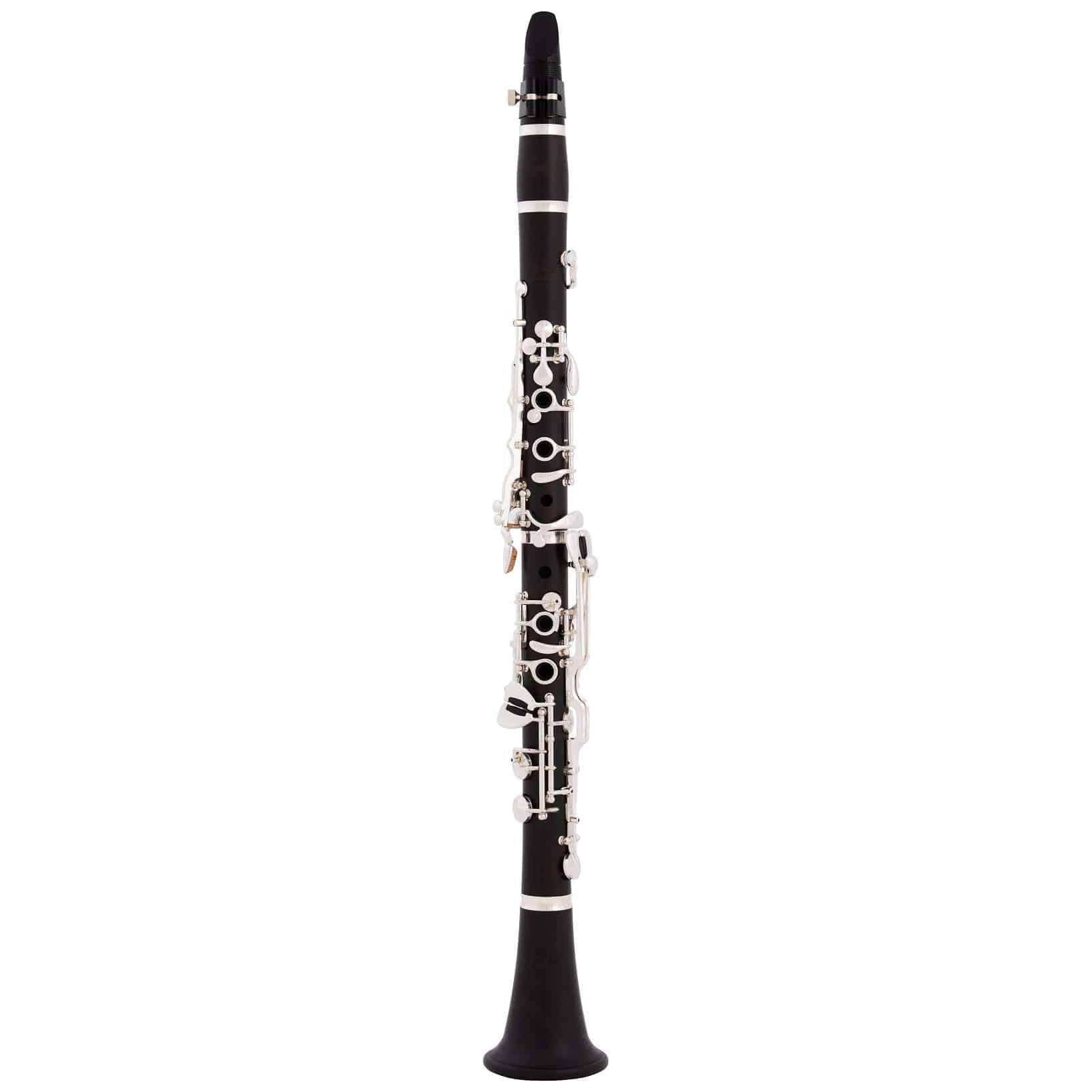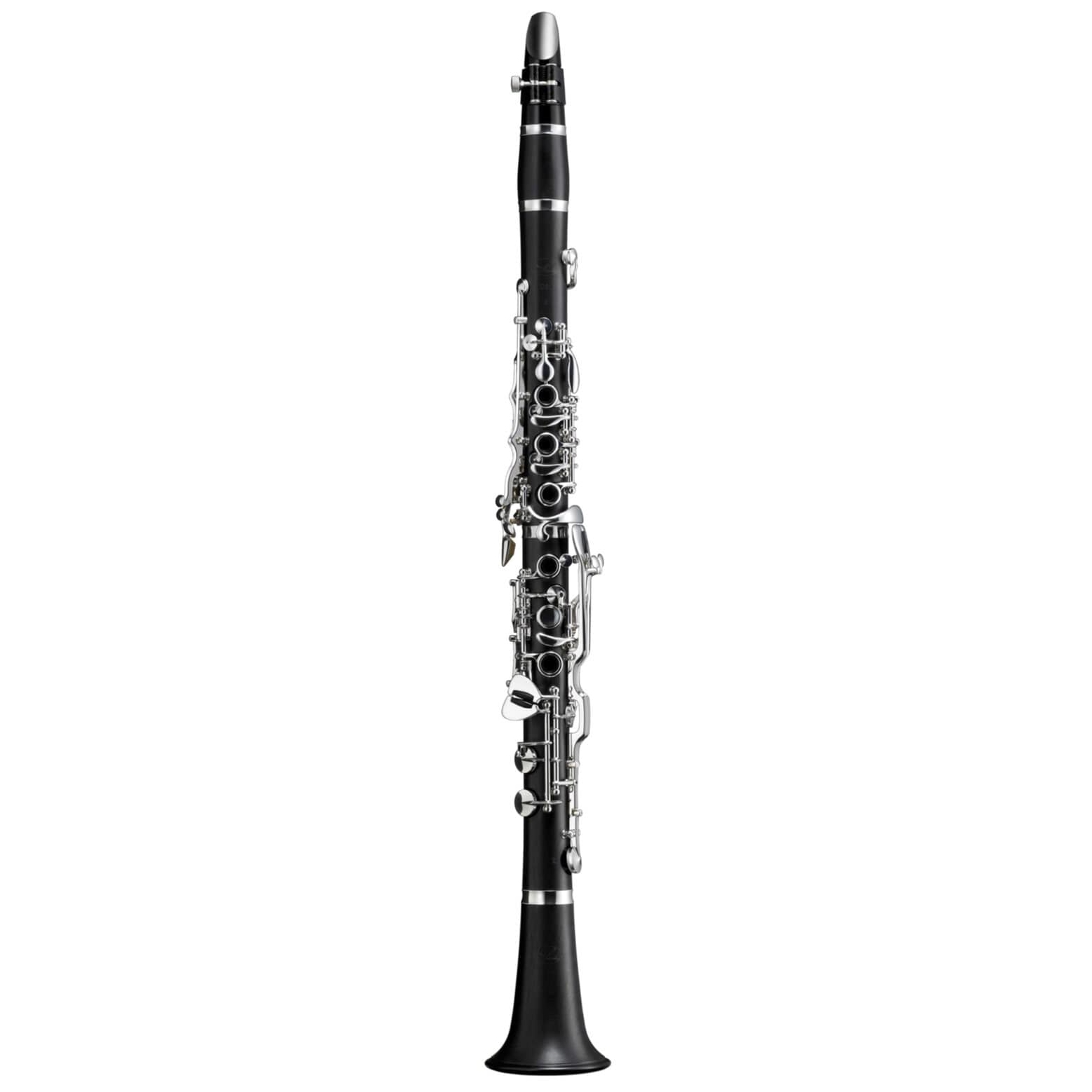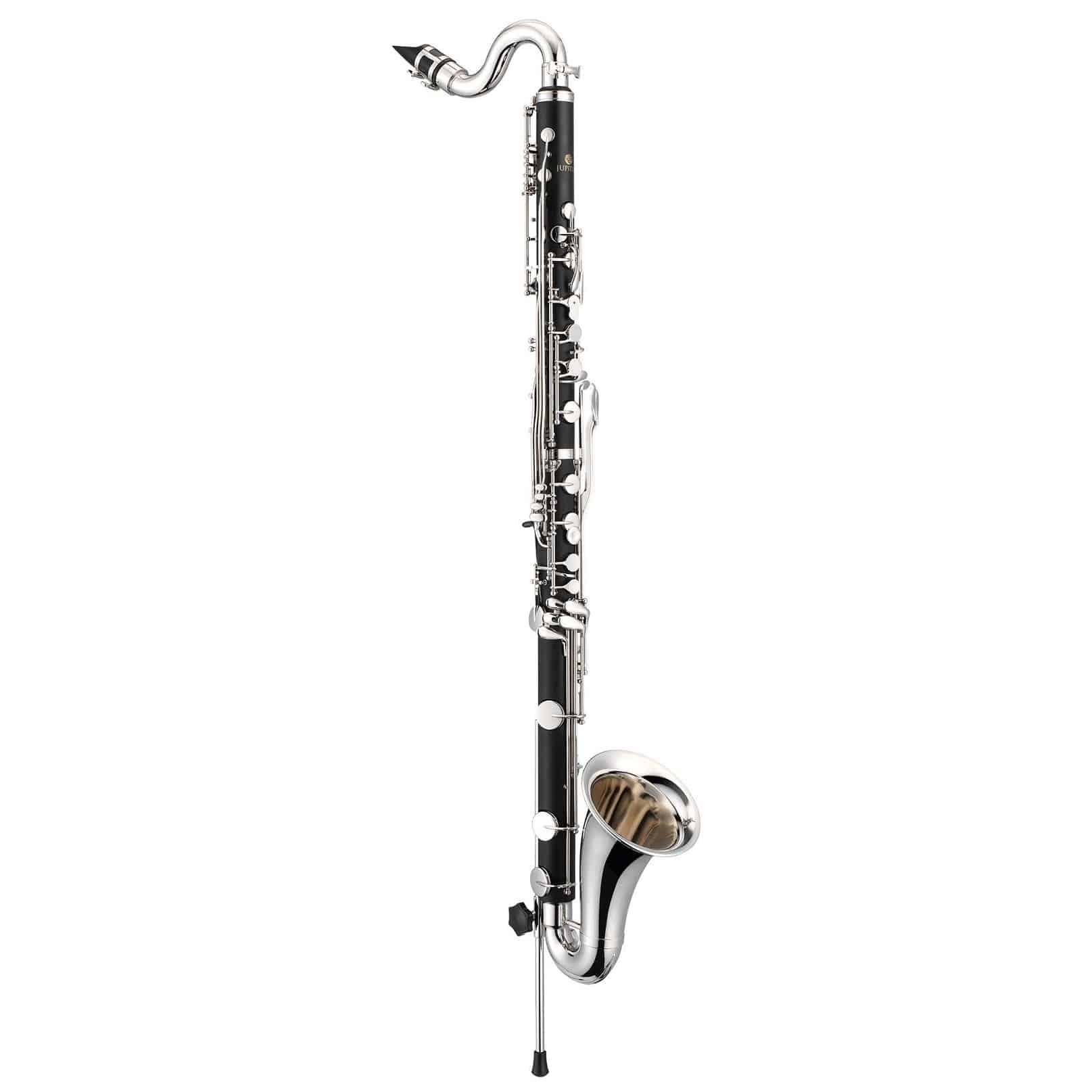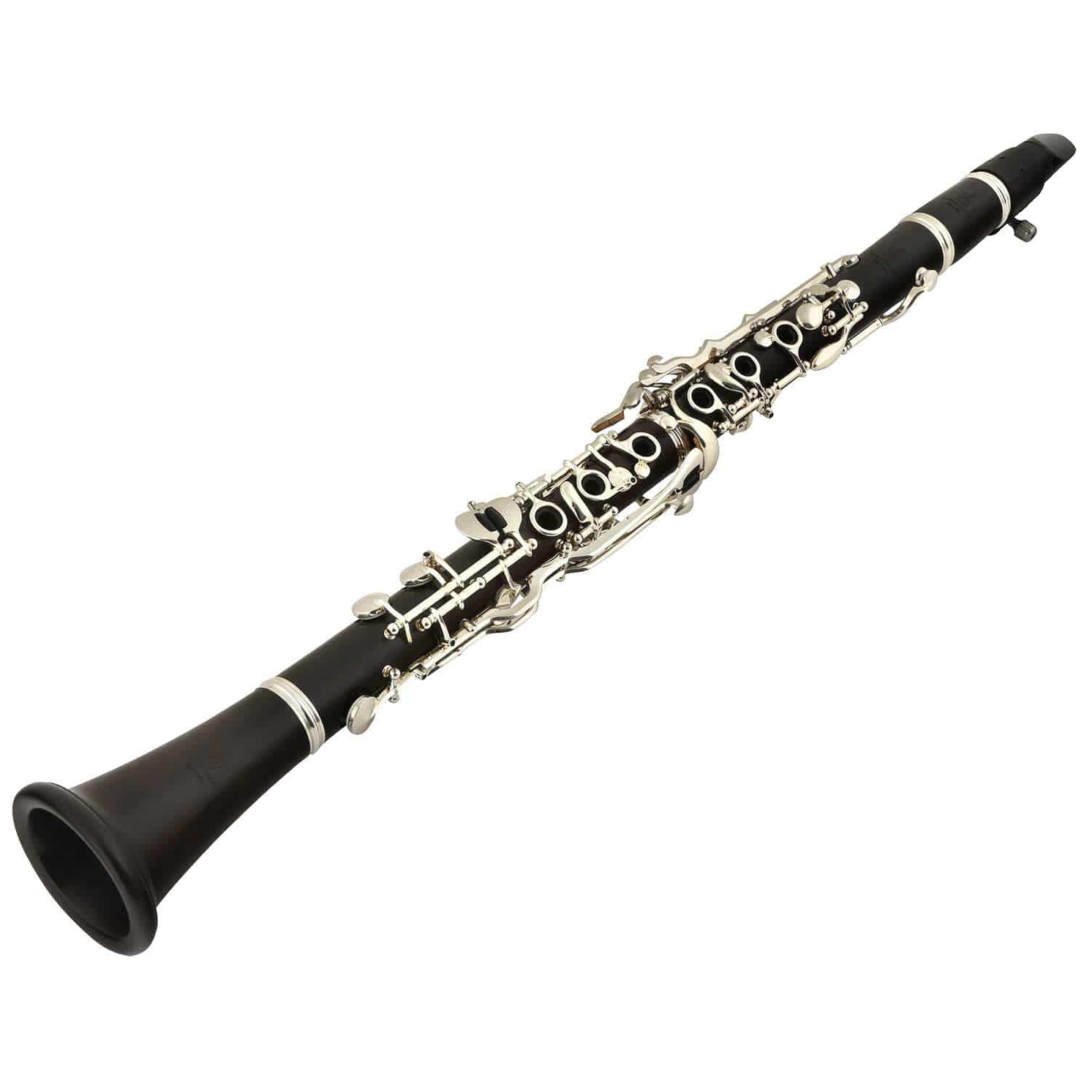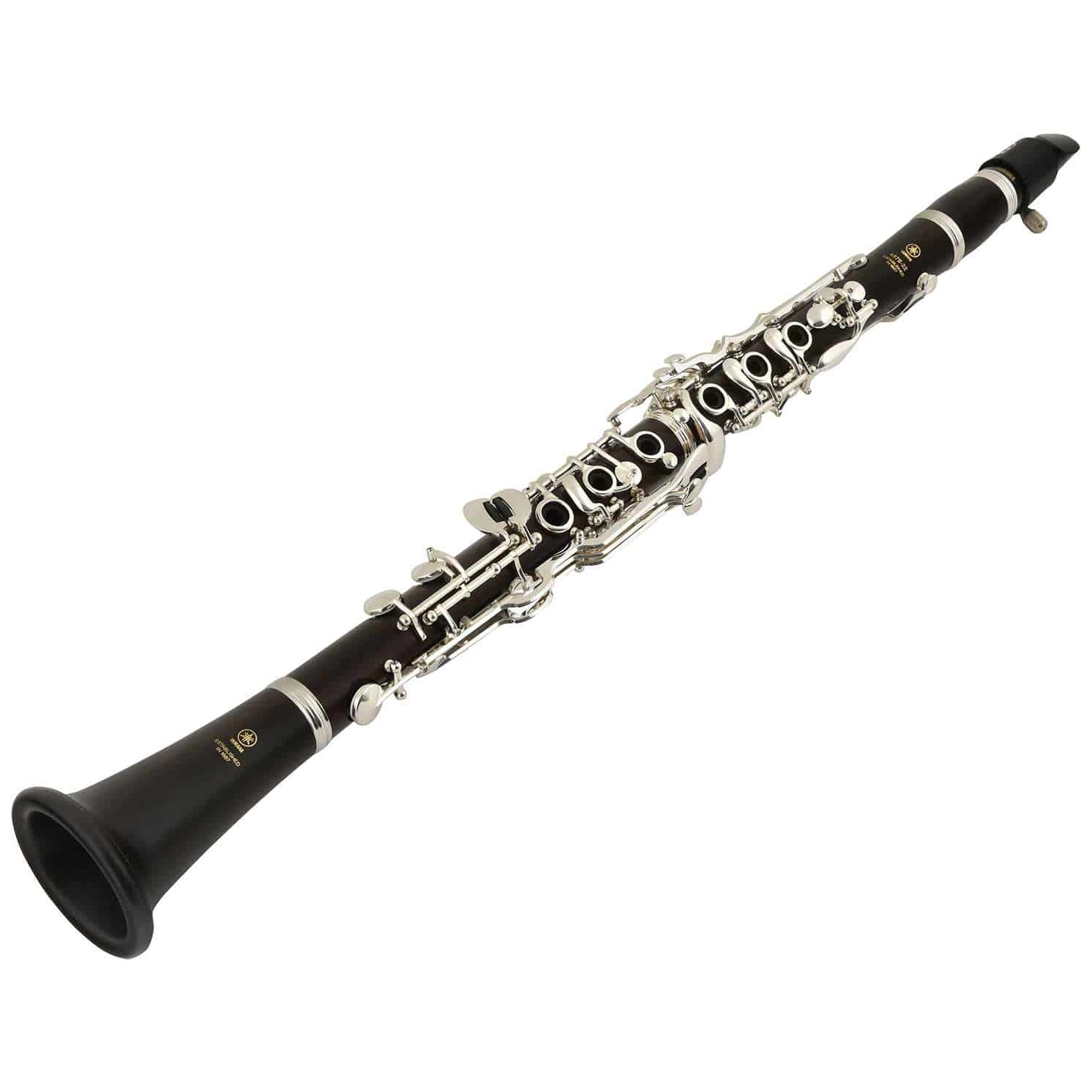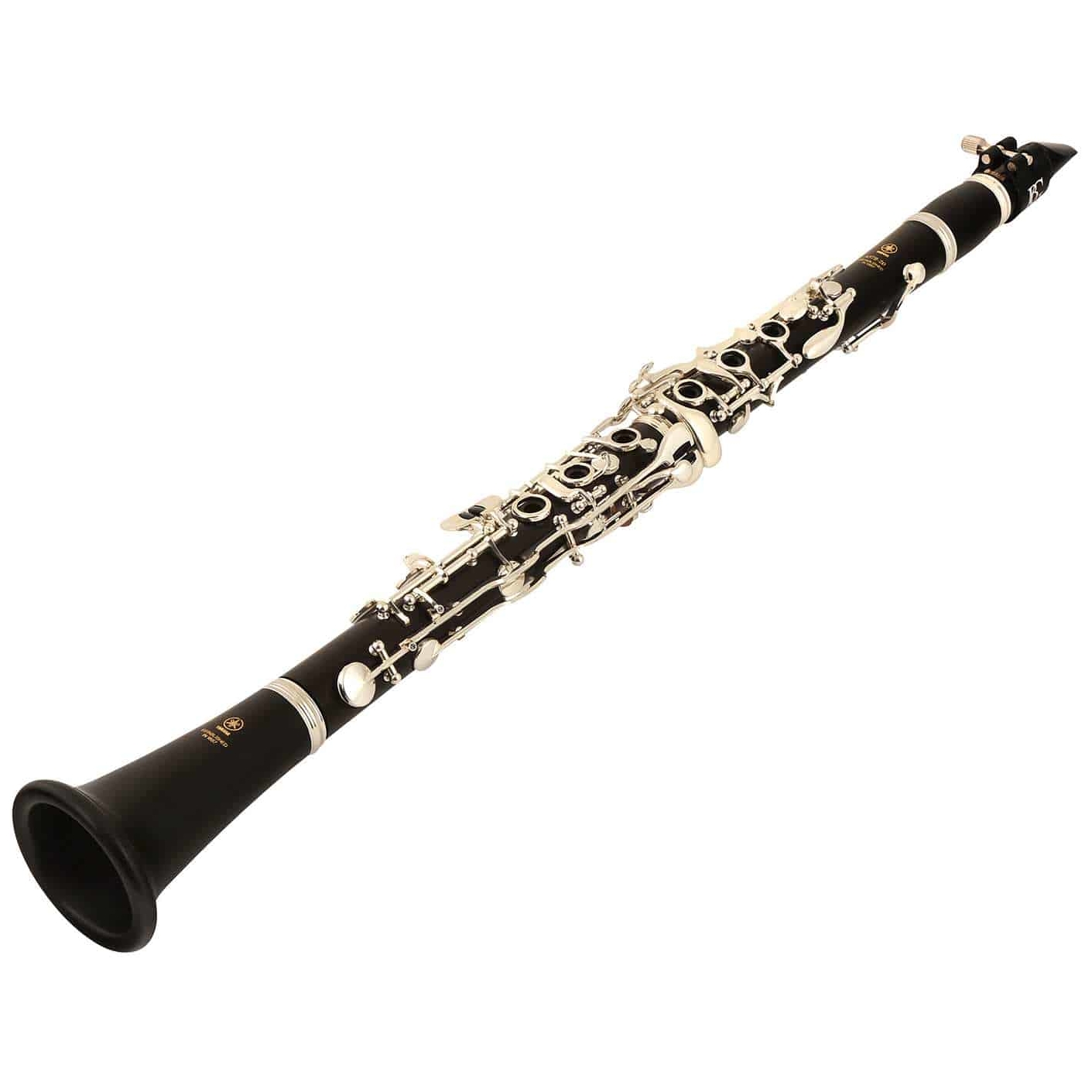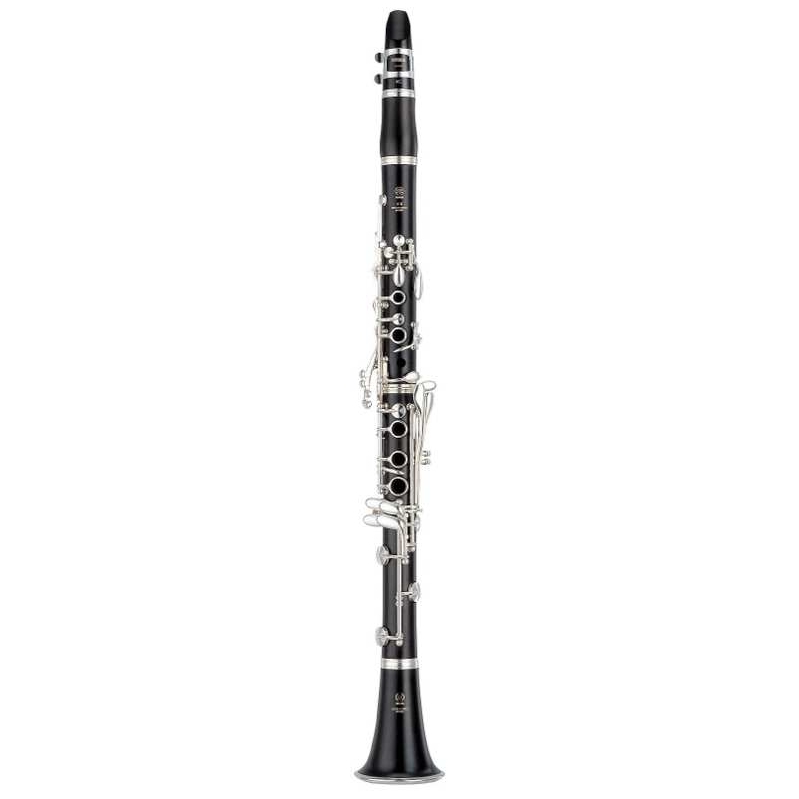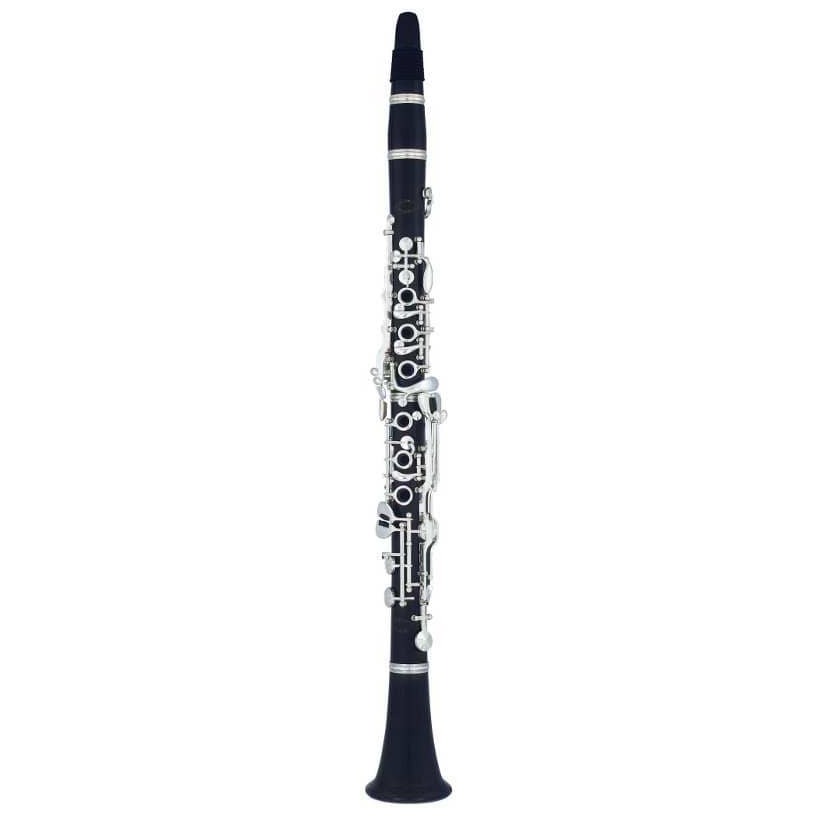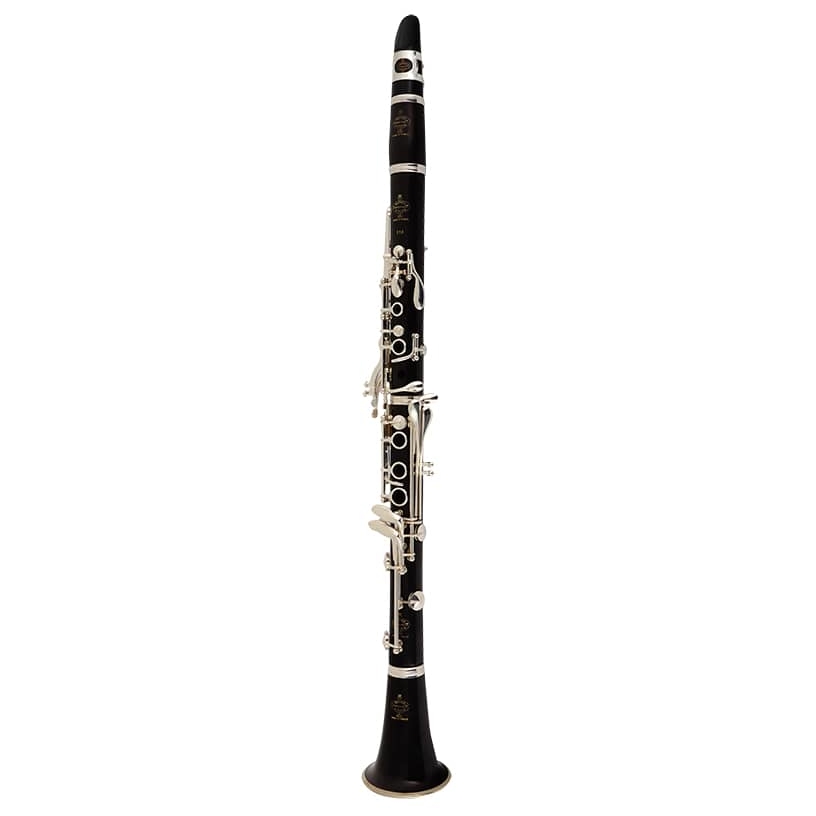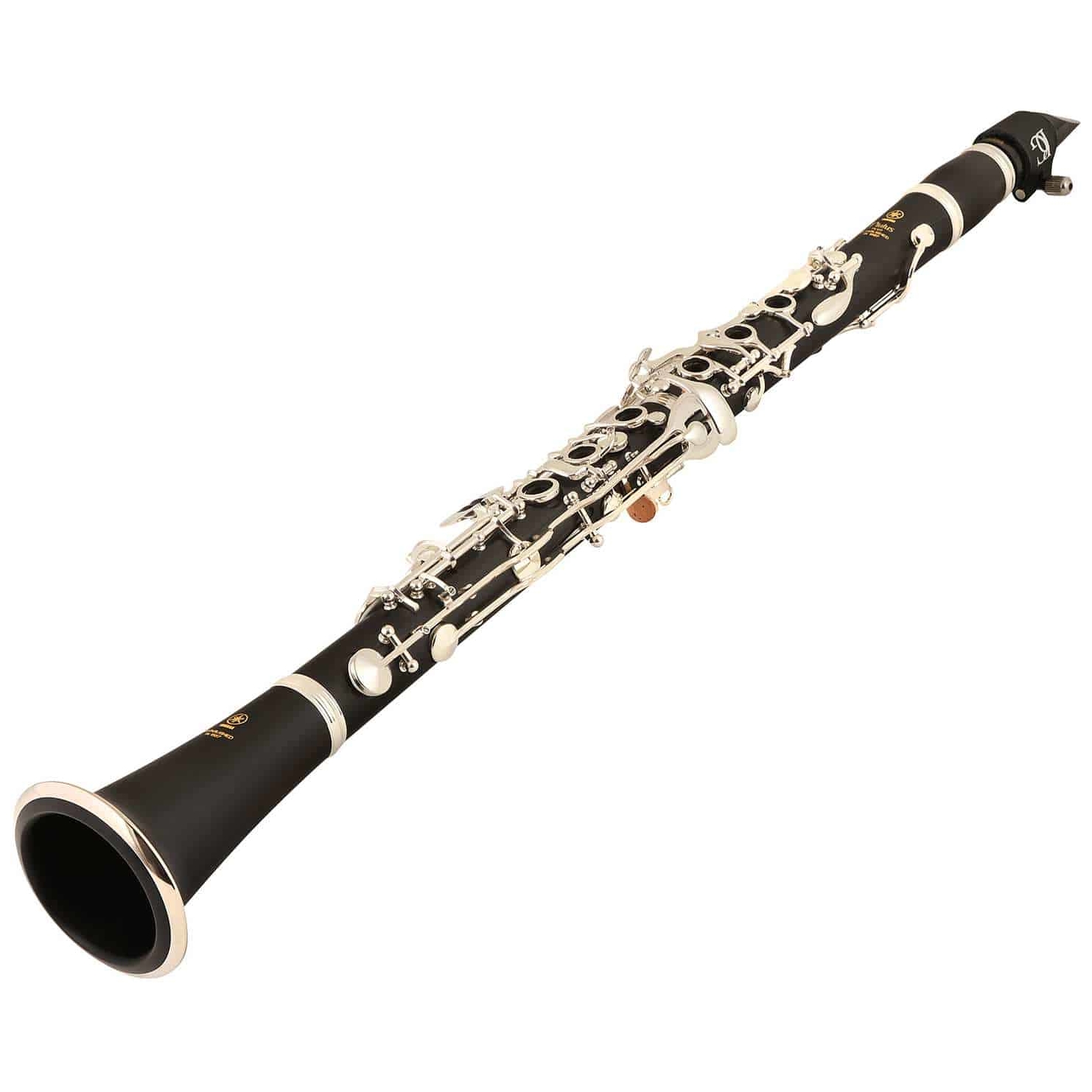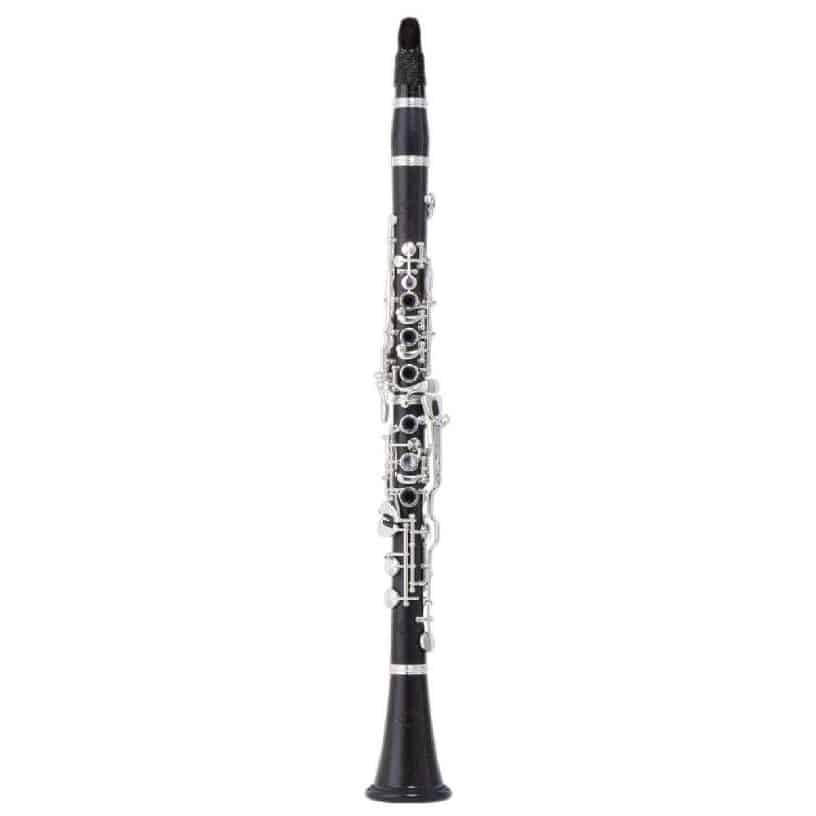Why session?
Items from our huge range of in-stock items are usually dispatched the same day!
Buy clarinets at session
The first clarinet was built in Nuremberg in 1690 by Johan Christoph Denner. It was a further development of the French shawm and, like it, was played with a simple reed . Denner's clarinet had two keys, the blow-over key enables quinting into the duodecim , which gives the clarinet its large pitch range . The number of keys increased over the years and with the technical capabilities of the instrument makers. The main influences on the way to today's mechanics came from Iwan Müller and Theobald Böhm . The Böhm system , known from the transverse flute, was transferred and adapted to the clarinet by Hyacinthe Klosé . However, more than a century passed before it was technically mature.
The “Deutsch” and “Böhm” grip systems
There are two different grip systems – “ German ” and “ Böhm ” . The two handle systems differ in different handle combinations, but above all in the quantity of keys installed. While the professional type of the Böhm clarinet has 18 keys and six rings, the corresponding type of the German clarinet needs 27 keys and five rings. However, the German finger style instruments played by amateurs usually have 20 - 22 keys . While the German grip system was able to establish itself in German-speaking countries, the Böhm system is preferred worldwide. The great advantage of the clarinet over all other woodwind instruments is its large pitch range, which covers almost four octaves.
The construction and sound production of the clarinet
The clarinets are built in five parts: mouthpiece or beak, to which a reed is attached with a leaf screw , barrel or barrel, upper part, lower part and cup or bell. The connection is made by tenons that are fitted with cork rings and are pushed over one another. The sound generation is generated by the air flow that is blown over the clarinet reed and causes it to vibrate. The vibration continues in the air column of the instrument. By placing or lifting your fingers on the tune holes (keys), the air column is shortened or lengthened - the tone becomes higher or lower. Clarinets are available in different sizes, the most common being German B-clarinets and bass clarinets . The most common use is the soprano clarinet in B. It is the standard instrument in training and for all amateurs. Soprano clarinets in A (standard in the symphony orchestra) and in the tunings C, D or G are used exclusively in the symphony orchestra. This also applies to the basset horn, a clarinet in the alto range. Likewise the low clarinets below the bass clarinet, double alto and double bass clarinet. A special features that mostly occurs in folk music in the Alpine region is the high A-flat clarinet. It is about the size of a soprano recorder and is also called a “ pick-sweet piece of wood ”.
Clarinets are usually made of grenadilla wood , and very simple models are also made of plastic.
The most important clarinet manufacturers
Böhm clarinets for students have 17 keys and five rings . The major manufacturers are Buffet-Crampon , Selmer , Yamaha and others. Student clarinets with a German fingering system are available in various versions with 17, 18, 20, 22, 23 keys and five or six rings.
In recent years, several German clarinet manufacturers have come onto the market with a fingering system that is also suitable for small hands and thus enables children to start playing the clarinet at an early age. Recorder D12 or Recorder D13 .
The most important manufacturers of clarinets in the German system are: Schreiber , Yamaha, Adler, Uebel . There are also some smaller manufacturers in Germany.
Tips and information for clarinet players
In the session guides for wind instruments you will receive important and informative tips and tricks about the theme . From the correct posture, breathing and approach when playingthe clarinet to the differences between clarinet types and assembling a clarinet, the guides offers you everything you need to know for a perfect start into the world of the clarinet.
 Trusted Shops: 4.84/5,00 (10085)
Trusted Shops: 4.84/5,00 (10085)


